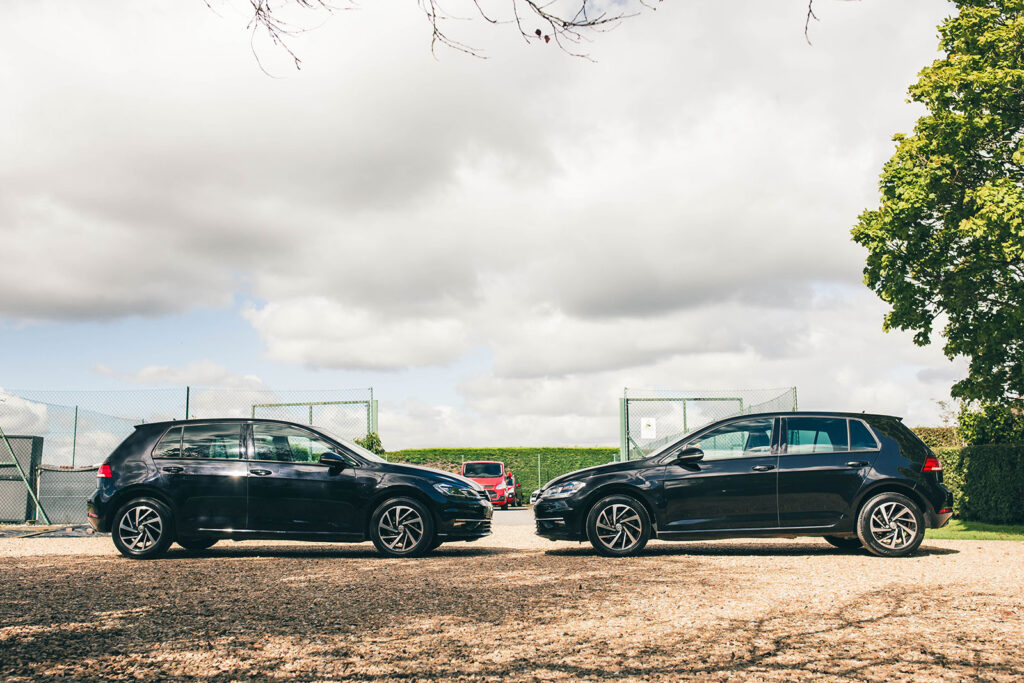Broadly speaking those can all be classed as consumables, but it all adds up to the kind of expense that puts people off buying a high-mileage car, and it’s why the trade fears them.
“The general market view is that high-mileage vehicles have been out of favour with both trade and retail consumers for some time now,” says Jeremy Yea, senior valuations editor at Cap HPI.
“A higher percentage of vehicles need increased refurbishment, often requiring mechanical and body repairs.
“The sector has recently seen rising costs for parts and labour, which all add to the cost of the vehicle for the dealer and their customer.
“On top of that, following Covid, when many people bought older and cheaper cars in order to remain mobile, there has been a higher concentration of older, sub-standard high-mileage examples coming back to the market, leading to an oversupply.”
Until recently, high-mileage cars have largely been petrol- or diesel-powered, but with more electric cars with longer ranges being sold, so more of them are also accruing high mileages.
Martin Miller, a co-founder of EV Experts, a Surrey-based specialist, says he’s seeing more three-year-old EVs that have done 60,000 miles.
In consumers’ minds, that’s the equivalent of 100,000 miles for a petrol or diesel car, but it’s a perception he believes is unfounded: “With only around 20 moving parts in an EV motor compared with 2000 in a petrol engine, 60,000 miles is no hardship for an electric car.
“There are plenty of Teslas and Polestars with 150,000 miles. It’s only the condition of the brakes, suspension and tyres that a buyer needs to be concerned about on a high-mileage EV.”
Even then, electric cars can be very light on their brakes. One BMW i3 that is attracting attention on social media has done 237,000 miles on its original discs and pads.
On the subject of EV battery degradation, Miller insists it’s a function more of a car’s age than of its mileage: “Regardless of the car’s mileage, a battery typically suffers a 2% reduction in battery capacity per annum.


